Newfangled technology services are changing our Internet habits.
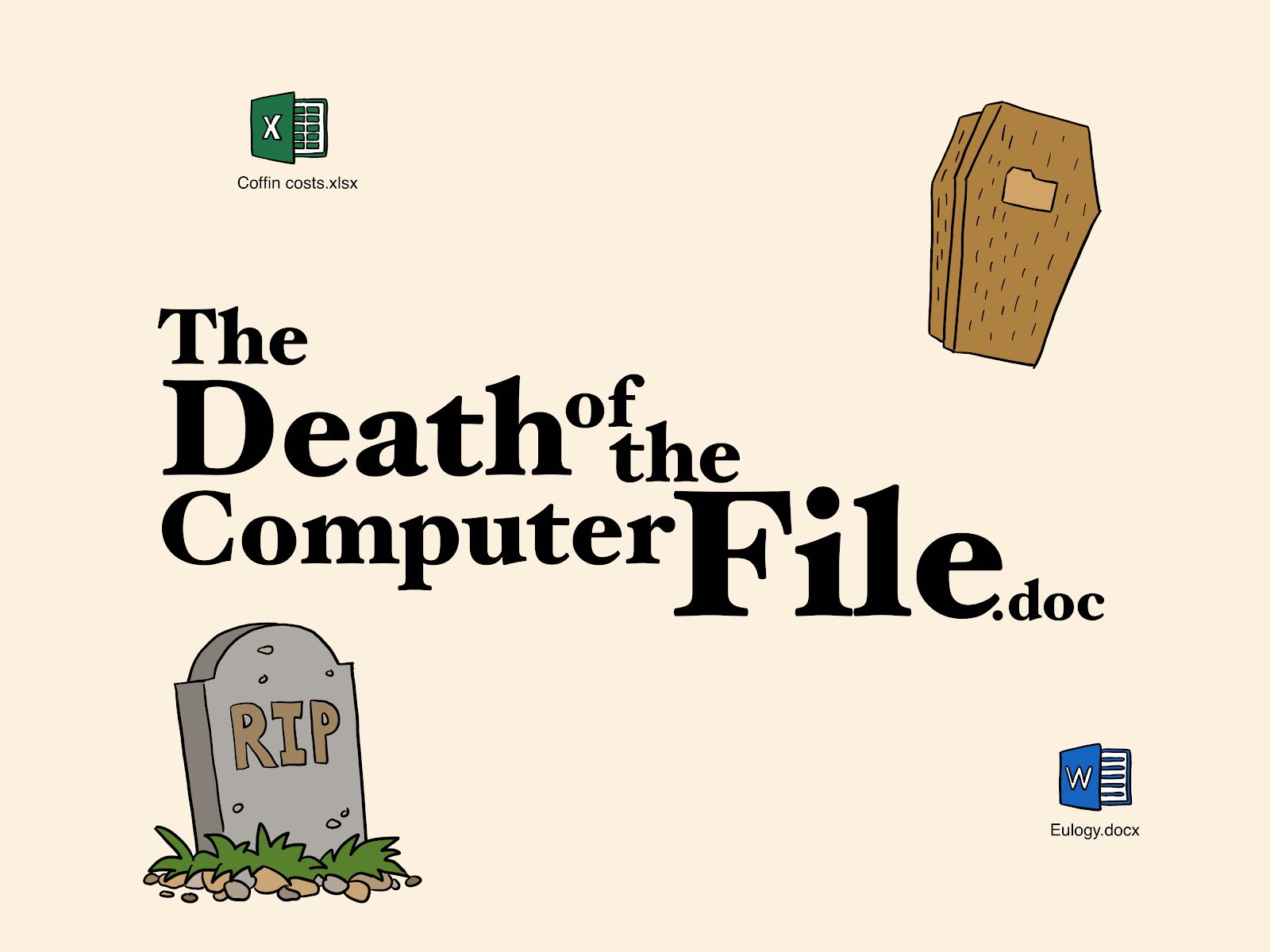
I love files. I like to rename them, move, sort, change the way they are displayed in the folder, create backups, upload them to the Internet, restore, copy and even defragment them. As a metaphor for the way the information block is stored, I think they are great. I like the file as a whole. If I need to write an article, it will appear in the file. If I need to publish an image, it will be in a file.
Ode to .doc files
All files are skeuomorphic. Skeuomorphism is a buzzword that means the reflection of a physical object in digital form. For example, a Word document is like a piece of paper that lies on your desktop (screen). The .JPEG file looks like a picture, and so on. Each of these files has its own small icon, similar to the physical object that they represent. A pile of paper, a frame for a picture or a Manila folder. It's charming, isn't it?
What I really like about files is that there is a single way to interact with them, no matter what is inside. Those things that I mentioned above - copying, sorting, defragmenting - I can do this with any file. This can be an image, part of a game or a list of my favorite dishes. Defragmentation doesn’t give a damn, it makes no difference what kind of file it is. I have loved files since I started creating them in Windows 95. But now, I have increasingly begun to notice that we are starting to move away from them as a fundamental unit of work.
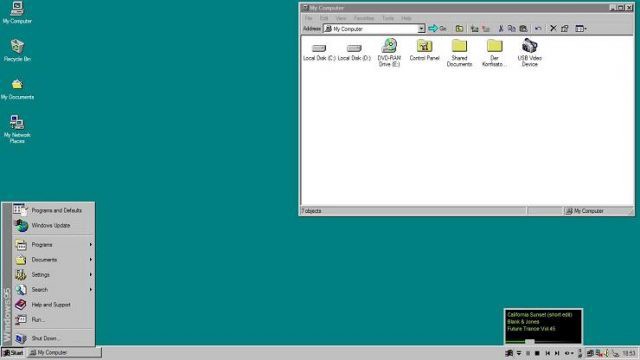
Windows 95. An interesting fact: a quick twitch of the mouse speeds up the OS. This is not related to the article; I just think it is interesting.
The growth of .mp3 files
As a teenager, I dabbled in collecting and digitizing vinyl; I was an avid collector of MP3 files. In my collection there were a lot of MP3 files with a bit rate of 128 Kbps. You are very lucky if you had a copyist and you could copy files to CDs, and then transfer them to each other. The volume of the CDs could be up to 700 MB. This is equivalent to nearly 500 floppy disks.
I reviewed my collection and painstakingly put down the music tags: IDv1 and IDv2. Over time, people began to develop utilities that automatically download track lists from the cloud so you can check and determine the quality of your MP3 files. I sometimes listened to these damned recordings, although I suspect that the time taken to organize and validate them was significantly greater than the time taken to listen.
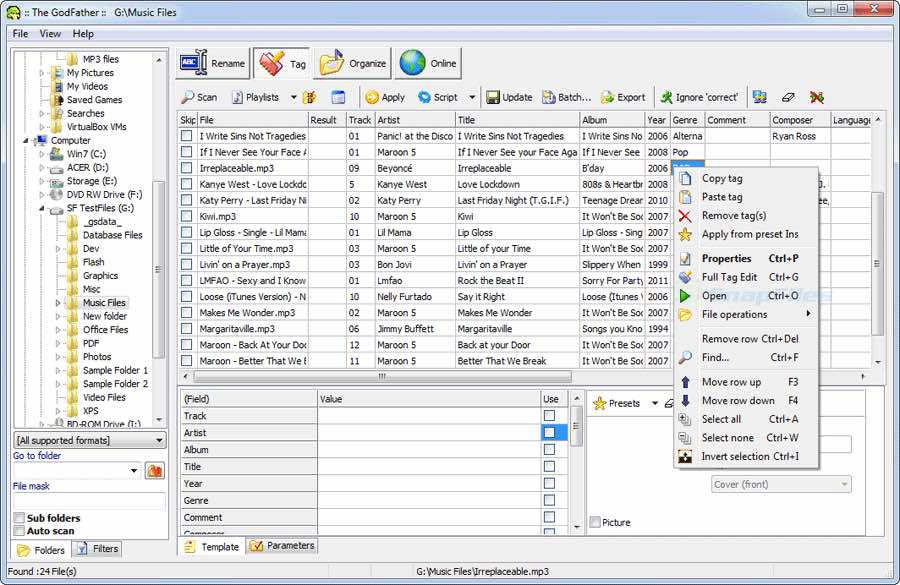
An application called The Godfather. He has a lot of opportunities.
Then, about 10 years ago, everyone actively began to use the "green application" - Spotify. Using their app or website, you can broadcast anything you want and when you want. I think it is very cool and comfortable. But what is the quality? Is it better than my 128 kbps MP3?
Yes, the quality turned out to be better.
In the course of all these events, 128 Kbps, which, we were told, were "indistinguishable" from the huge WAV files that began to appear on the CD, turned into garbage. Now the bitrate of MP3 files reaches 320 Kbps. In the forums, people performed spectral analysis of files, creating bright green and blue charts, in order to "prove" that the files sound really good.
It was at this time that SCART Monster's gold-plated cables became a real breakthrough.
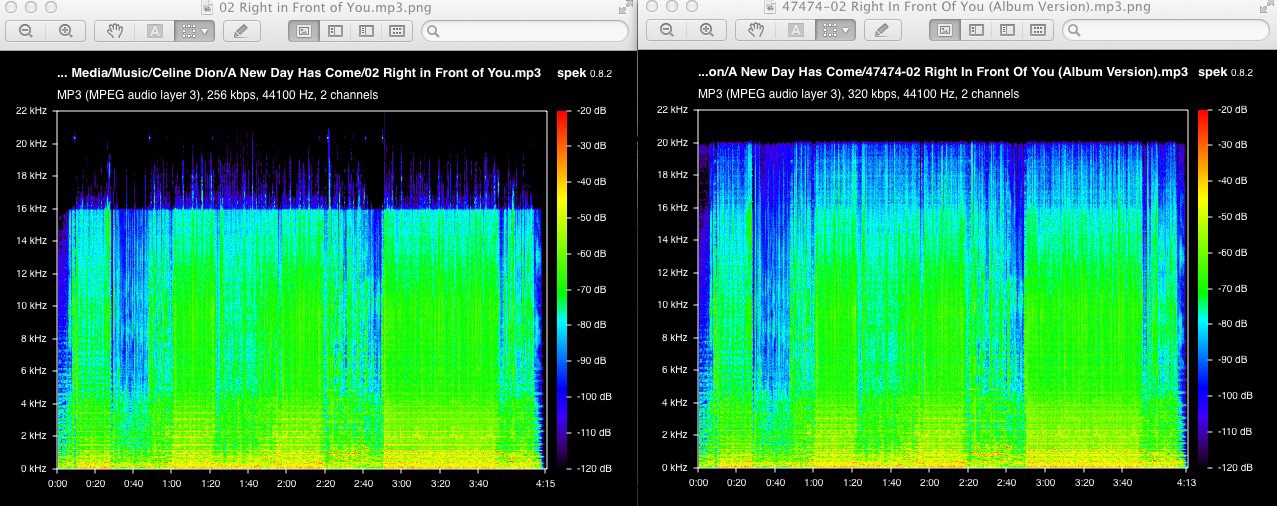
The quality of the files on the streaming services was quite good, they were available on more devices and you were given access to all recorded music, not just MP3s, as it was on your computer. You no longer needed a carefully thought-out collection of files on your hard drive. You just needed a username and password for Spotify.
That's great, I thought, but I still have huge video files. The Internet is too slow to transmit my videos.
Burial of .png files
I had a Sony Ericsson phone with the catchy name k610i. He was red and I really liked. I could connect it to a computer and copy files to it. It did not have a headphone port, so I had to use an adapter or special headphones that were bundled with it. In many aspects, he was ahead of his time.
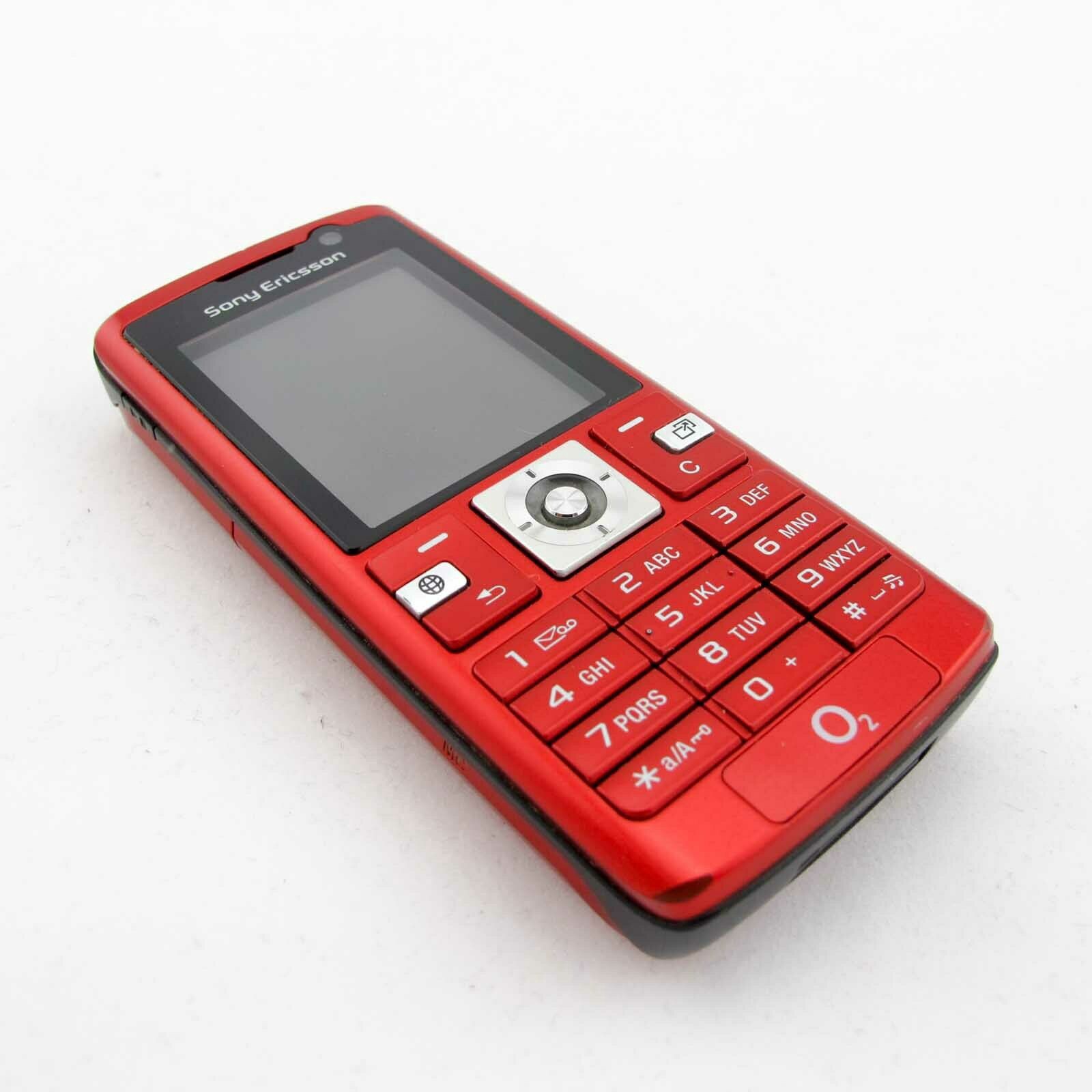
Later, when I made more money and technology advanced, I bought an iPhone. No doubt he was beautiful. Black brushed aluminum, so black that it seemed to be blacker than darkness and medical glass - details that border on the ideal, seemed to be lowered from heaven by the gods.
But Apple has greatly complicated our access to files. Images are uploaded to a large stream, sorted by date. Audio somewhere in iTunes. Notes ... is this a list? Applications are scattered across the desktop. Some files are located in iCloud. You can send photos directly from your iPhone, by e-mail, and using the intricate method through iTunes, you can access some of the files in certain applications. But these files are temporary, they are cached and can be deleted without any warning. This is not like the files from my computer that I carefully created.
I just want to get my file browser back.
On a Macbook, iTunes itself sorts the music files for you. They are processed by the system. Music is displayed in the interface, and you can organize it. But if you look under the hood, look at the files themselves, you can see rabbit holes, mess, strange names and strange folders. “Don't bother yourself with this,” the computer says, “I'll figure it out for you.” But I'm worried!
I like being able to view and access my files. But now the systems that I use are trying to prevent this. “No,” they say, “you can access only through unique interfaces.” I just need my file browser, but now it's forbidden. This is a relic of a past era.
I can not get rid of the files, folders and controls that I'm used to.

Windows 10. You can still work with your files, although sometimes it seems to me that they look at me with despair and hope.
Caching and dependencies of .tmp files
I started creating my first sites back in those days when there were 1-pixel transparent gifs in fashion, and using tables was considered the right way to create a two-column layout. Over time, the best practices have changed, and I happily repeated the mantra that tables should be used only for tabular data, not for layouts, gradually and with difficulty converting my trivial layouts to CSS. At least it was not a table, I said proudly, looking at my three-column layout, which did not work properly in Firefox.
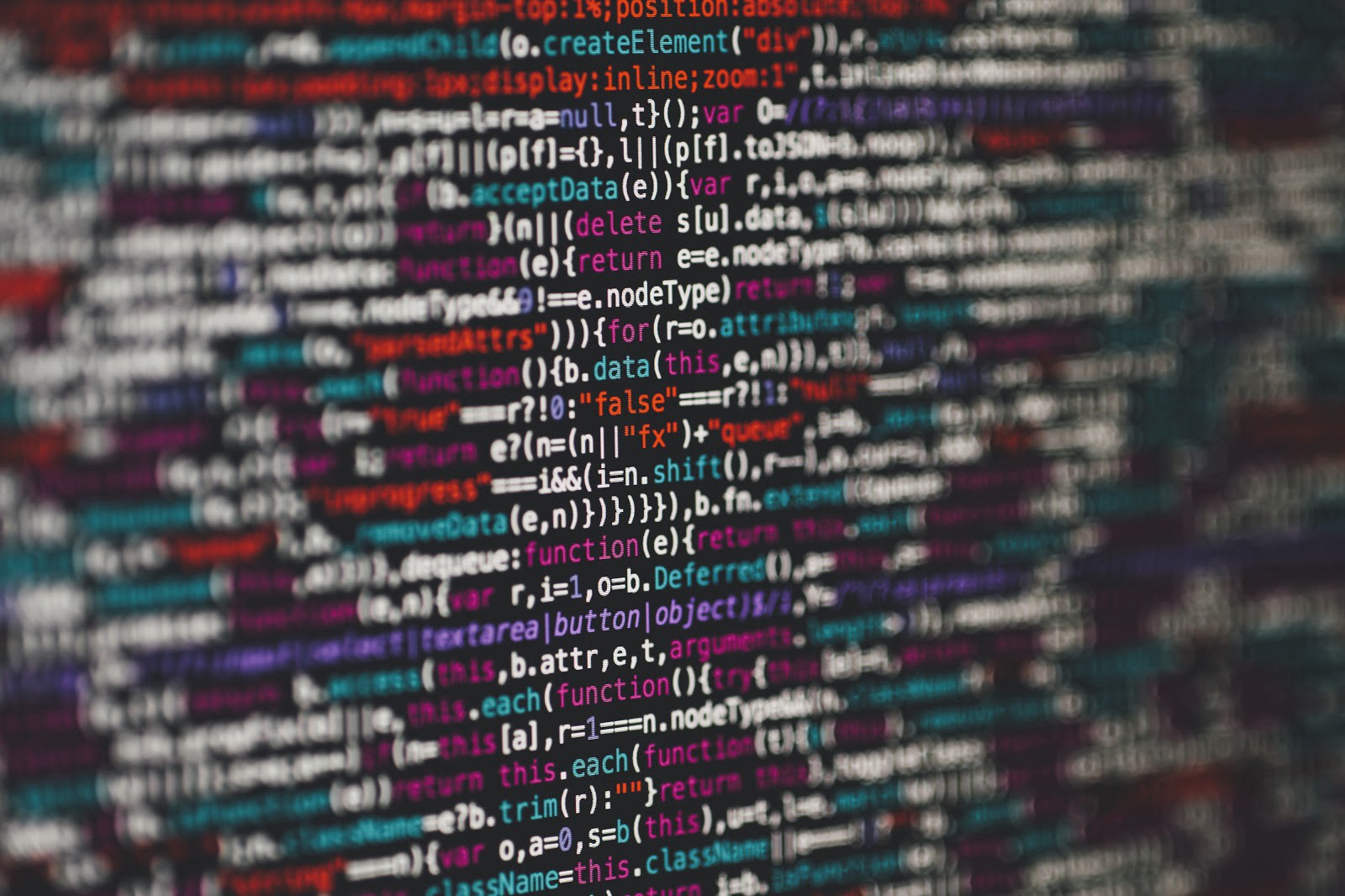
Now, when I create websites, I start the installation of NPM and download 65,000 dependencies that fall into the node_modules folder. There are so many files. But I don't give a damn about them. When I need it, I just delete the folder and run the NPM installation again. Now they mean nothing to me.
Many years ago sites consisted of files, now they consist of dependencies.
The other day I came across a site that I wrote about twenty years ago. I double-clicked on the file, it easily opened and started. Then I tried to launch a website that I wrote 18 months ago, and found that I could not start it without starting the web server, and when I started the NPM installation, it turned out that several files (maybe one or two) from 65,000 an error occurred, as a result of which Node was unable to install them and the website did not start. When it all worked out for me to make it work, it turned out that I needed a database. And then she relied on some third-party APIs, but the following problem occurred with CORS, since I was not whitelisted in localhost.
And my site, consisting of files, continued to puff. I do not want to say that many years ago sites were better, no. I’m just saying that earlier sites consisted of files, now they consist of dependencies.
Everywhere .Ink link.
When writing this article, not a single file was damaged. I went to the Medium and started typing. Following my words were sent to the database.
The created unit was moved from the file to the database.
In a way, this is not a big deal. The data is the same, just stored in a database, not in an HTML document. Even the URL may be the same, just in the background it retrieves content from another type of storage. However, the consequences are much larger. Content depends entirely on infrastructure, not on the ability to work alone.
One gets the feeling that this reduces the value of individual creative skills. Now, instead of creating your own files, everything is just another line in the database table somewhere in the sky. For example, my article, instead of being in its own file, you can say, "be on its own," is just a tiny gear in a big car.
Copy .bat
Online services began to infringe on the fundamental principle of working with digital files, which I considered fundamental. When I copy a file from one place to another, the file I get at the end is identical to the file I started from. These are digital representations of data that can be copied with high accuracy, step by step.

Empty sheet of paper. 58 MB - PNG, 15 MB - JPEG, 4 MB - WebM.
However, when I upload photos to Google Cloud and upload them again, the resulting file is different from the original one. It has been encrypted, decrypted, compressed and optimized. That is spoiled. Spectral analysts will surely be furious. This is similar to a photocopy where pages become lighter and dirtier over time. I’m waiting for a Google AI fingerprint to appear in the corner of one of my photos.
When I dump a video on AirDrop, in the beginning there is a long preparation process. What is my little supercomputer up to? I suspect: “You are recoding my video, right?” And only later, when I finally get the file to the place where I can use it, I find that it was “pushed and pulled” so many times that only its shell and that former glory remained from it.
Why is new content so important?
No more .webm files
Like most of us, I have a mess in my Internet services, more and more my personal life is mixed up with work. Dropbox, Google Drive, Box, OneDrive, Slack, Google Docs and so on. There are, of course, many others. WeTransfer, Trello, Gmail ... Sometimes they send me links to Google spreadsheets for work, I open them, and they are successfully saved on my personal Google drive next to a photo of a pretty chicken that I shared with my mom and a document with a list of various computer mice that I was going to purchase in 2011.
By default in Google Docs, all files are sorted in the order they were last viewed. I cannot sort and organize them. Everything is arranged in such a way that priority is given to the new file, and not to what is really important to us.
I personally do not like this transition from timeless content to new. When I visit sites, they advertise to me the latest things that I looked at. Why should the new be important? It is unlikely that something that has just been created will turn out to be better than everything that has been created for all time. What are the chances that every time I come to a place, the peak of human achievement collapses at that moment? Apparently, there is no sorting by quality. There is only novelty.

Library books - oddly enough, they are not sorted by latest editions.
All of these services, at least for me, are terribly confusing and inconvenient. The dump on which our chances are accumulating. Maybe this is how all people manage their files? Whenever I use someone else's computer, I am always amazed at the messy number of files that are scattered around them. All files are scattered randomly, and there is no question of any order. How do they even find anything there?
These services completely removed the whole meaning of files from our field of vision. This file in Dropbox: is this its latest version? Or is it just a copy of what actually lives on my computer? Or did someone send the new version by email? Or added it to Slack? In a strange way, this invalidates the contents of the files. I don’t trust them anymore. If I look at the file in Dropbox, I think: “Oh, probably there is a newer version there.”
At work, I see colleagues who create files, send them by e-mail, and do not even bother to save attachments to the hard drive. Their inbox is their new file management system. “Did you get the table?” They ask. Someone looks at incoming messages and sends them back by email. Is that how we manage data in the 21st century? This is a strange step back.

I miss the files. I still create a lot of my own files, but more often it seems to me an anachronism, like using a pen rather than a pen. I miss the versatility of files. By the fact that files can work anywhere and easily move.
The file has been replaced by software platforms, services, ecosystems. This does not mean that I propose a rebellion against all services. We cannot stop progress, clogging up Internet channels. I am writing about this to mourn the loss of innocence that we had before capitalism finally invaded the Internet. When we create something now, our creations are only part of a huge system. Our contribution is a tiny bit in this resilient database cluster. Instead of buying and collecting music, videos and cultural values, we are affected by the power flow: we pay and rage for $ 12.99 a month (or $ 15.99 for HD movies), but it's worth noting that that's all will work while we keep paying. But it’s worth stopping paying, as we are left with nothing. Without "your" files. The service is terminated.
Of course, the files are still alive. It's just that we are increasingly moving away from them. I have my own collection of files. My own little world. So I am an anachronism that somehow bubbles at the very bottom of this edited list.
Thank you for staying with us. Do you like our articles? Want to see more interesting materials? Support us by placing an order or recommending it to your friends, a 30% discount for Habr users on a unique analog entry-level server that we invented for you: The whole truth about VPS (KVM) E5-2650 v4 (6 Cores) 10GB DDR4 240GB SSD 1Gbps from $ 20 or how to divide the server? (options are available with RAID1 and RAID10, up to 24 cores and up to 40GB DDR4).
Dell R730xd 2 times cheaper? Only we have 2 x Intel TetraDeca-Core Xeon 2x E5-2697v3 2.6GHz 14C 64GB DDR4 4x960GB SSD 1Gbps 100 TV from $ 199 in the Netherlands! Dell R420 - 2x E5-2430 2.2Ghz 6C 128GB DDR3 2x960GB SSD 1Gbps 100TB - from $ 99! Read about How to Build Infrastructure Bldg. class c using Dell R730xd E5-2650 v4 servers costing 9,000 euros for a penny?